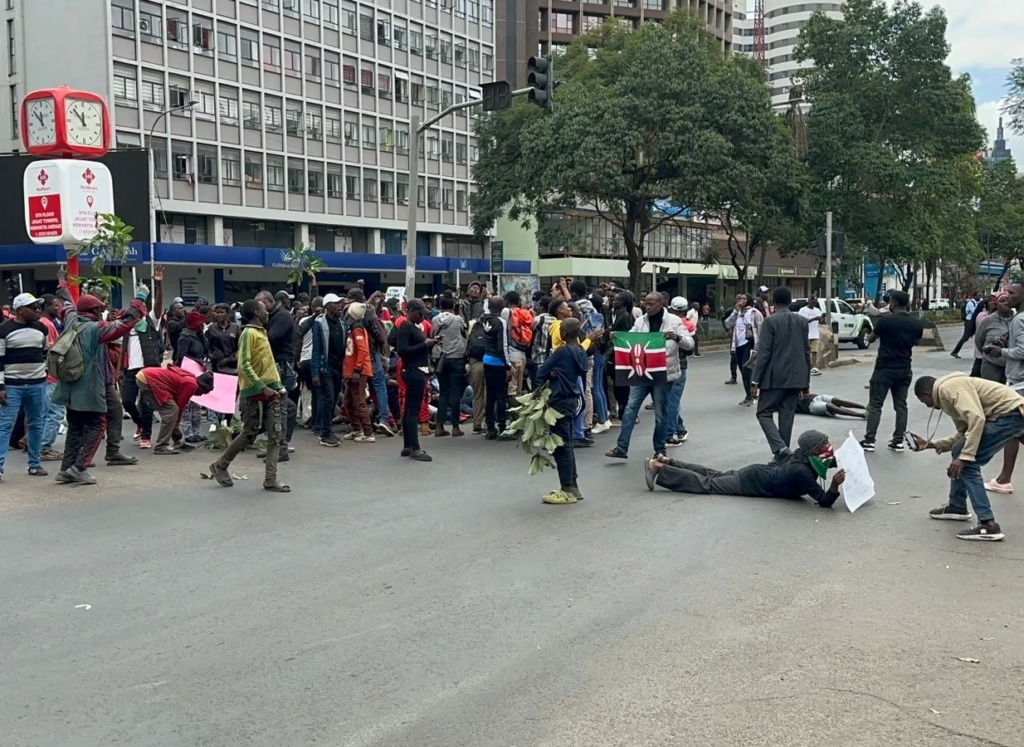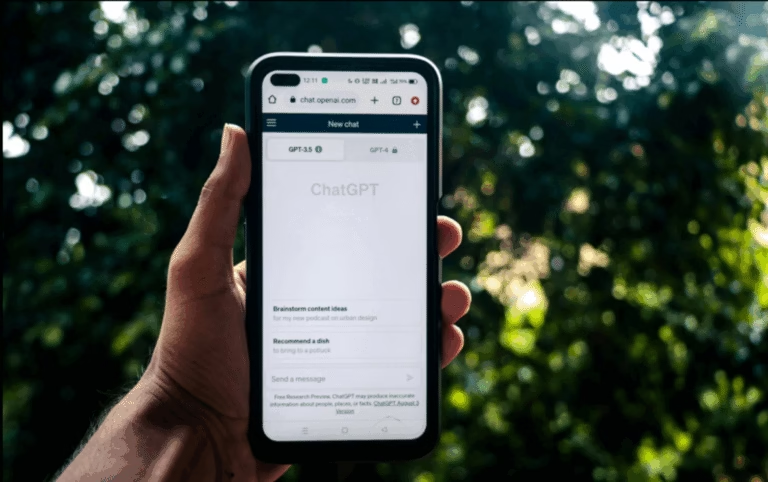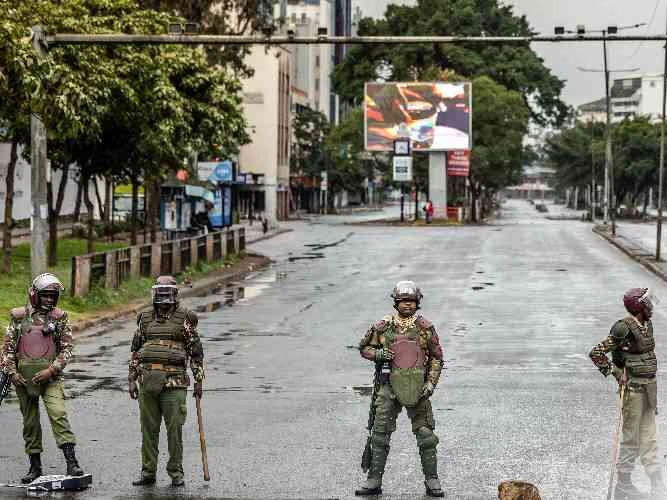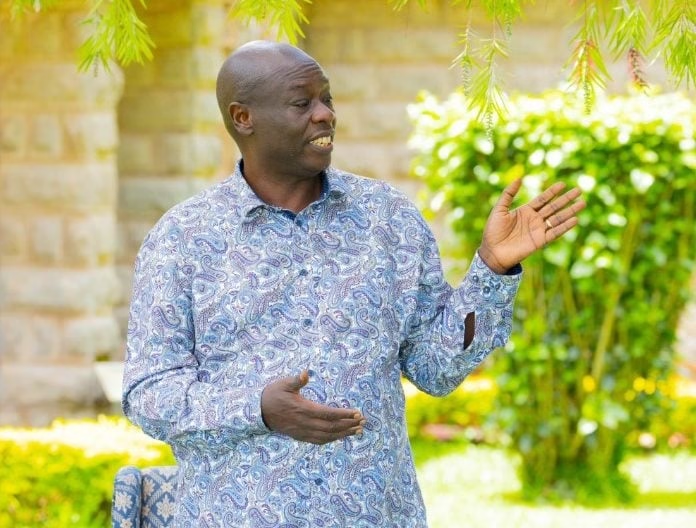
On the chilly morning of July 7th,1990, in Nairobi, Kenya was characterized by anger and hope. It was not a public holiday or a distinguished day acknowledged by the Moi regime; however, for the horde of Kenyans who turned up at Kamukunji Grounds, presumed that Saba Saba typified their bold declaration and cry for freedom and democracy in a nation firmly bound by the one-party regime. The Kenyan state machinery countered the citizens’ protest with tear gas, live bullets, and mass arrests. Irrespective of the ruthless crackdown, an unwavering inclination of resistance had been implanted.
Saba Saba translates to “seven seven” in Swahili, and it became etched in the national memory as the day ordinary Kenyans embraced bravery rather than fear. It depicted the beginning of a hard-fought journey towards advocating for political multi-partism.
During an era when the Moi administration ruled with unchecked power, and dissent meant detention or worse, opposition personalities such as Kenneth Matiba, Charles Rubia, and Raila Odinga risked everything to challenge the status quo. Although the Moi regime reacted violently, the Saba Saba events contributed massively to the reintroduction of multiparty democracy in 1992.
Three decades have elapsed, but the Saba Saba moments have been relived, fueled by a different generation. Generation Z, the current Kenyan youths, Saba Saba is not just a chapter in a history book or a story told in hushed tones by elders. It has become a living, breathing moment, reinterpreted through a contemporary lens.
In the wake of disillusionment with current political leadership, mounting public debt, economic inequality, police brutality, and a disconnect between elected politicians and ordinary citizens, young people have stepped into a role their predecessors may not have imagined. They have picked up the mantle of protest not with flyers and loudspeakers, but with hashtags, videos, encrypted messages, and viral memes criticizing the tyranny of the contemporary regime.
On July 7th 2024, the streets of Nairobi, Kisumu, Nakuru, and Mombasa witnessed a wave of remarkable Saba Saba resistance. However, this time the protesters weren’t asking for the right to vote; they were demanding the right to exist with dignity. They called for economic reforms, responsible leadership, and the mitigation of police brutality. Their movement was decentralized, spontaneous, and leaderless, something that made it even more powerful and harder to suppress. In an age where information travels faster than bullets, the state found itself struggling to contain a revolution that lived in the cloud.
Comparing the first Saba Saba to today reveals both sharp contrasts and powerful continuities. The original protest was defined by veteran politicians and coordinated activism, while today’s version is driven by ordinary young people with smartphones and Wi-Fi. In 1990, the media were controlled by the state, and journalists risked arrest for covering protests. In 2024, every protester became a reporter, broadcasting events live as they unfolded, often faster and more accurately than mainstream outlets. The stakes remain high, police crackdowns continue, and young people are still being arrested, harassed, and in some cases, killed. But the courage remains unshaken.
For many in Gen Z, Saba Saba is no longer about revisiting the past; it is about reclaiming their future. It is a date on the calendar that now belongs to them. They do not wait for formal invitations to commemorate it. They do not attend government-organized events or listen to long-winded speeches from aging politicians. Instead, they gather in town halls, streets, and online spaces, unified by a hunger for accountability and the belief that their voices matter.
The beauty and irony of the new Saba Saba is that it is not anti-history. If anything, these young protestors carry the legacy of 1990 with them. They invoke it, remix it, and expand its meaning. Where their predecessors chanted against a dictatorship, they now chant against economic injustice. Where the old guard demanded multiparty democracy, this new generation demands honest, inclusive governance. And where the 90s crowd whispered their dissent, today’s youth shout it into microphones, TikTok lives, and worldwide timelines.
Some veterans of the original Saba Saba movement have praised the youth for reviving the spirit of activism. Others express concern over the lack of political structure or a clear endgame. But if history has taught us anything, it is that movements don’t always begin with manifestos. Sometimes they begin with anger, unity, and a refusal to stay silent. And in that regard, the Gen Z protestors have understood Saba Saba better than anyone.
This year, all eyes are on what will be revealed on July 7, 2025. Across the country, civil society groups, student networks, and youth-led movements are preparing once again to take to the streets. Online posters have been circulating all weekend, with calls to gather peacefully in major towns including Nairobi, Kisumu, Eldoret, Mombasa, and Nakuru. Legal aid teams, medics, and digital organizers are already in place, and conversations on TikTok and Twitter are buzzing.
While the government has issued warnings against unauthorized protests, many Kenyans, especially young ones, remain undeterred. For them, this is not just a commemoration. It’s a continuation. A reminder. A reckoning. And perhaps, tomorrow, another turning point in a country still struggling to live up to the promise of its past.


